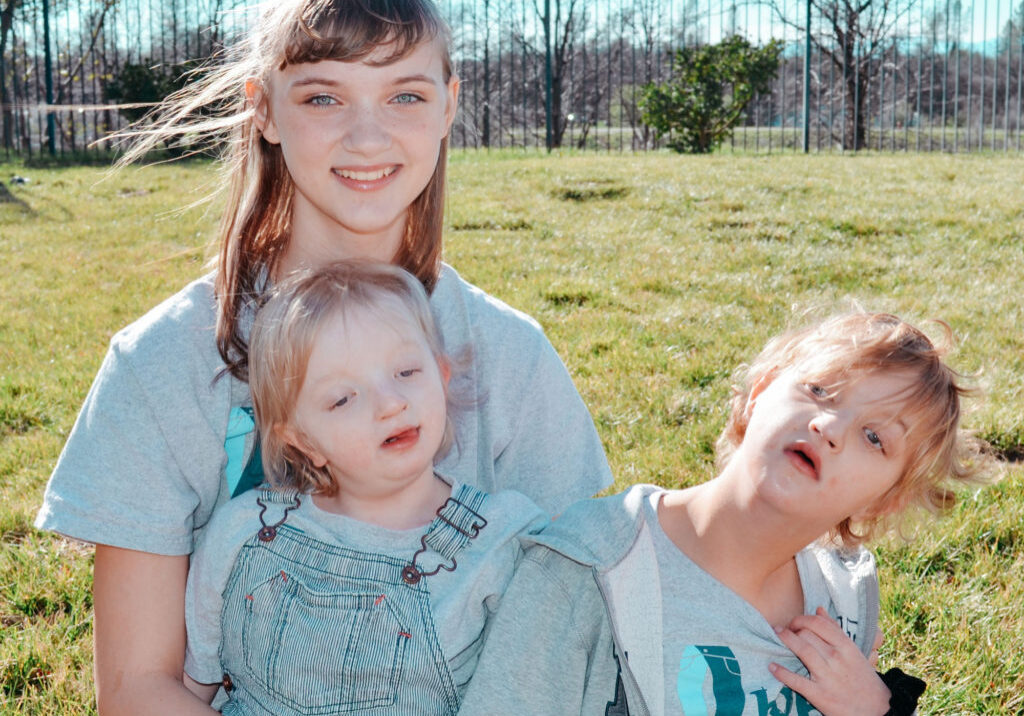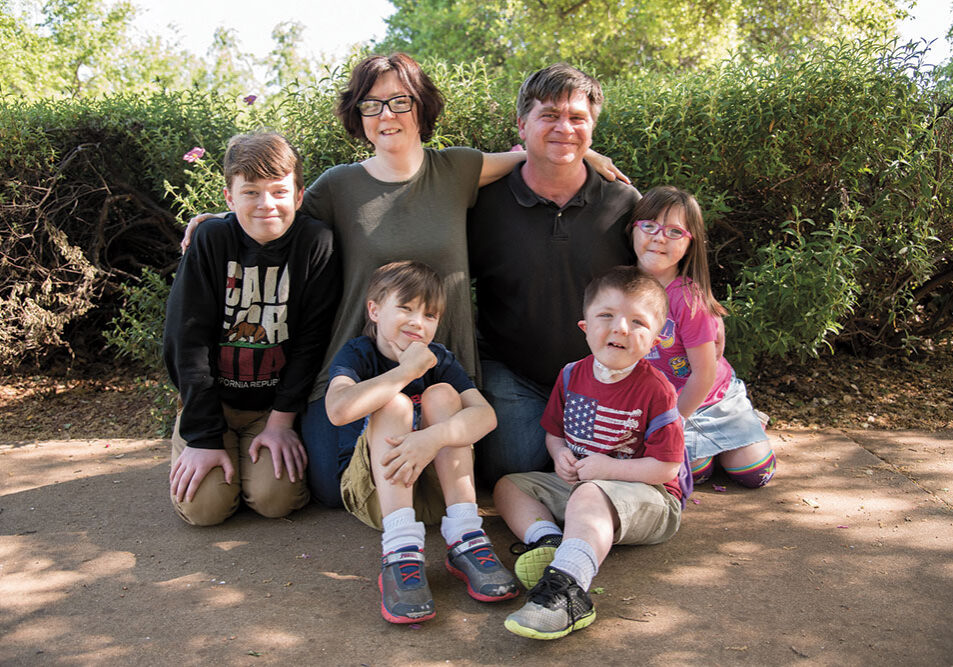Art has been used for decades as an outlet to provide relief from stress and anxiety for people of all ages and abilities. It has also been shown to improve focus and fine motor skills while reducing problematic behaviors. As a therapeutic technique, art can work wonders for children with special needs by promoting self-confidence and communication skills.
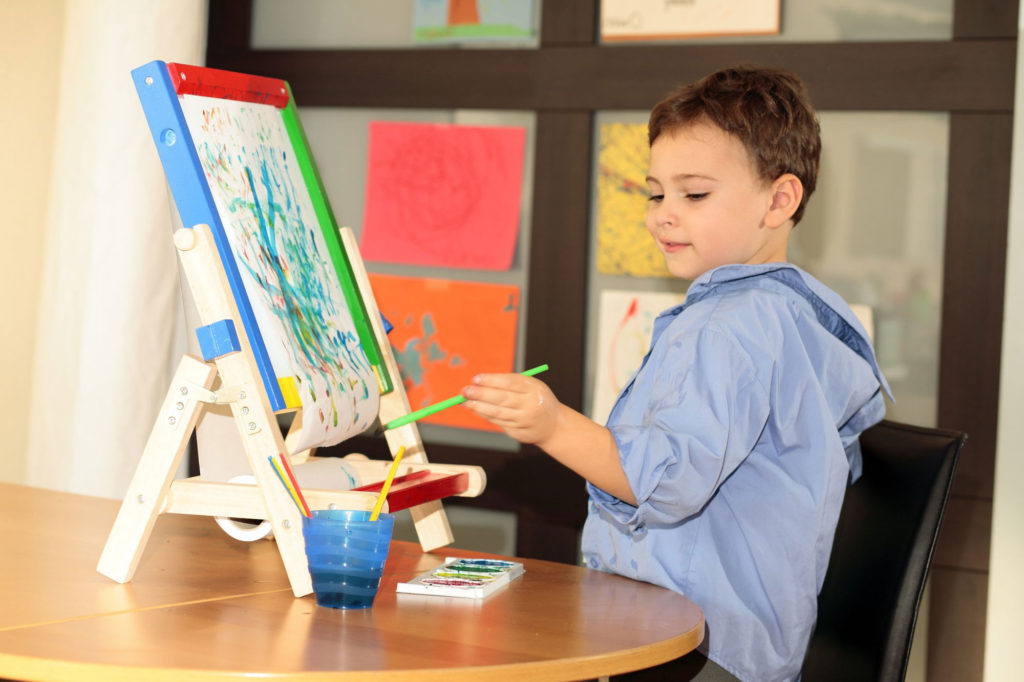

Art therapy works with a child’s unique strengths
Children can significantly benefit from this type of therapy because art allows them to express feelings they may have trouble expressing verbally. Engaging in art projects at their own pace and on their own terms can help them become more relaxed and increase their sense of self-control. It is an effective tool to help kids work through physical, emotional, and behavioral issues that may hinder their development.
Art therapy with a qualified therapist in an educational or private therapy setting is used to treat a child’s specific limitations and is commonly used for:
- Autism Spectrum Disorder (ASD)
- Attention Deficit Hyperactivity Disorder (ADHD)
- Learning Disabilities
- Behavioral Issues
- Emotional Disturbances
Techniques learned in therapy help children grow and learn
Art therapy can present challenges for children with special needs who have trouble with small object manipulation, focus, and some textures. However, with gradual exposure, the techniques learned in therapy will help them grow and learn to express themselves in positive ways.
How art therapy works
The art therapy process is tailored to each child’s age, condition and therapist. Typically, the therapist gives the child materials appropriate for their age or abilities and allows them to create independently. Once finished, the therapist may ask the child about their artwork and use their answers to develop a treatment plan.
This type of therapy can benefit children immensely, but it’s important to note that every child is unique and will respond differently. Some may fully express themselves through their artwork right away, while others will need more time and patience before they are comfortable enough to open up.
Trust is key, so find a therapist who is a good fit
One of the most critical components of effective treatment is trust, so parents and caregivers must find a therapist that is a good fit for their child, who can communicate effectively with both child and parent, and has a broad knowledge of the child’s diagnosis.
Building fine motor skills and attention tolerance
Holding a paintbrush or other art utensils can be challenging for many kids with disabilities. Art therapists often work together with occupational therapists to improve their client’s fine motor skills and help them to learn how to use their hands and body to regulate emotions and express themselves.
Sitting in one place for very long can be difficult for children with autism or ADHD, so art therapists may gradually build up attention tolerance with specifically targeted art projects. Activities like mixing colors together and exploring new art mediums and materials keep children engaged while encouraging socialization.
Art therapy for kids with sensory issues
Art therapy can also include working with children who may have sensory issues to introduce them to various sensory experiences. For these kids, art therapy introduces them to different paints, textures, temperatures, and fabrics intentionally and gradually to prevent adverse reactions.
How to encourage art expression at home
If art therapy is something you would like to explore for your child, the first step is to ask for a referral from your child’s pediatrician or mental health clinician. However, you don’t have to be an art therapist to help your child express themselves at home. There are a variety of activities you and your child can do to promote emotional well-being.
First, always choose non-toxic materials, as some kids tend to put things in their mouths.
Creating art from nature is always a great activity. Natural elements can be soothing and grounding to work with, and there are so many different sensory aspects such as textures and smells to experience.
Making collages is another therapeutic activity option. The process of arranging things in new and different ways can have a calming effect on the brain, and the sensation of different textures found in magazines, scrapbook paper, and other crafting supplies can be comforting.
Creating a mask is another great way for kids to express themselves creatively and emotionally. Designing and decorating a mask often reveals feelings that are otherwise difficult to verbalize. You can buy a pre-made mask and decorate it, or make one out of paper, cardboard, or felt and let them have free rein to design it. When the mask is complete, ask them questions about it. Why did they use the colors they did? Where would they wear this mask if they had a chance?
Remember the goal — expressing feelings in a healthy way
If your child gets very frustrated with their art piece or the process, don’t minimize their feelings or pressure them to continue. It can be counterproductive if the child associates negative feelings with art time. You can always stop and try again later or introduce a different project next time.
The main goal isn’t perfection or to make something “pretty.” This type of art aims to express feelings that aren’t always happy, so the art a child creates may reflect those sad or negative feelings. As a parent or caregiver, your role is to support, encourage, and guide your child in expressing their emotions in a healthy, constructive way.
Posted in: Special Needs, Uniquely Us
Comment Policy: All viewpoints are welcome, but comments should remain relevant. Personal attacks, profanity, and aggressive behavior are not allowed. No spam, advertising, or promoting of products/services. Please, only use your real name and limit the amount of links submitted in your comment.
You Might Also Like...
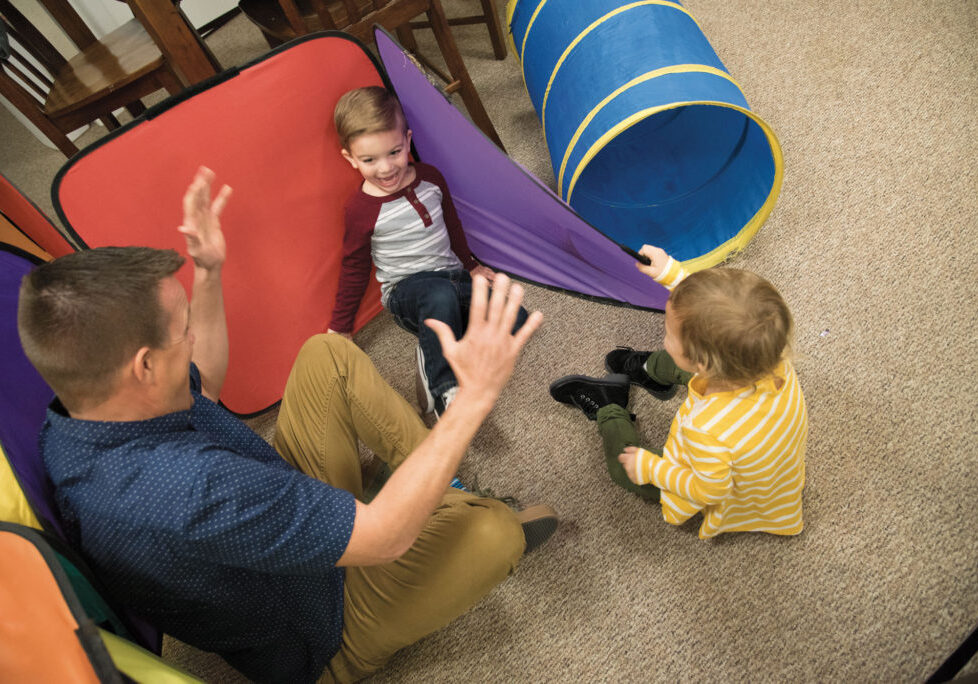
Parent Infant Programs: Early Intervention in the North State
Being a parent can be a wonderful and life changing experience. It can also be extremely stressful and demanding, especially if your child is experiencing development challenges. It is natural […]
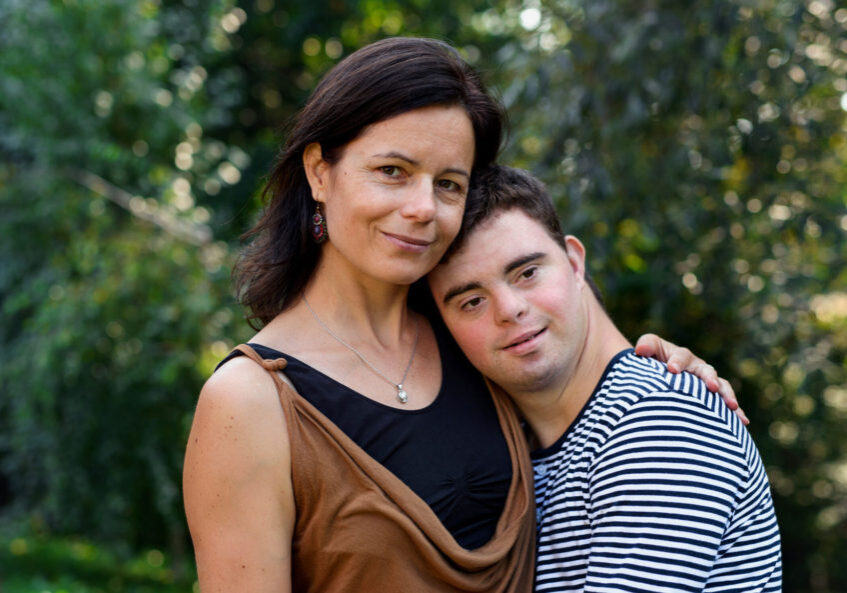
How to Talk to Young Kids About Disabilities and Differences
For many parents, the first time their child asks about or points out a person with a disability in public is an awkward experience. Even if the child already has […]
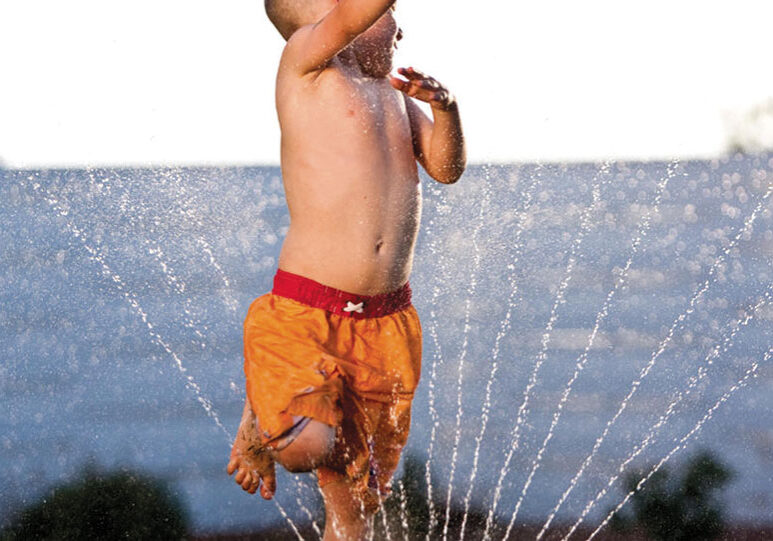
Uniquely Us: Finding Creative Ways to Make Summer Special and Fun
It’s that time of year when families are gearing up for various summer activities. Our beautiful part of the North State provides ample possibilities during these hot months for both […]
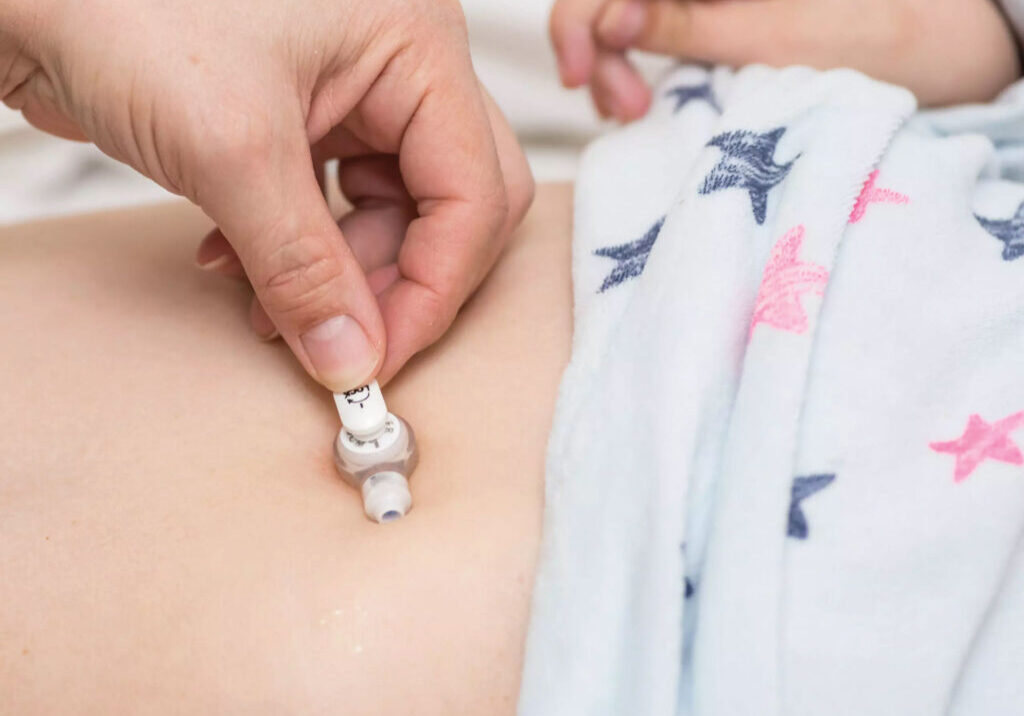
How to Navigate the Holidays When Your Child Has a Feeding Tube
The holiday season is upon us, and it’s hard to imagine this time of year without thinking of all the food that comes with it. Gatherings for Thanksgiving and winter […]


